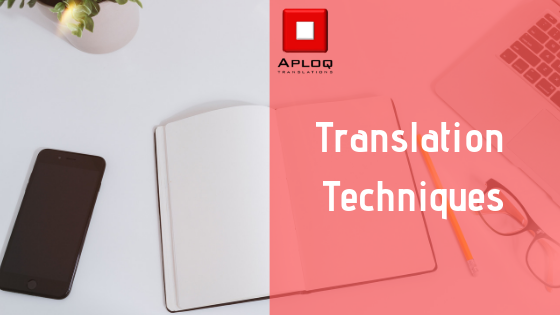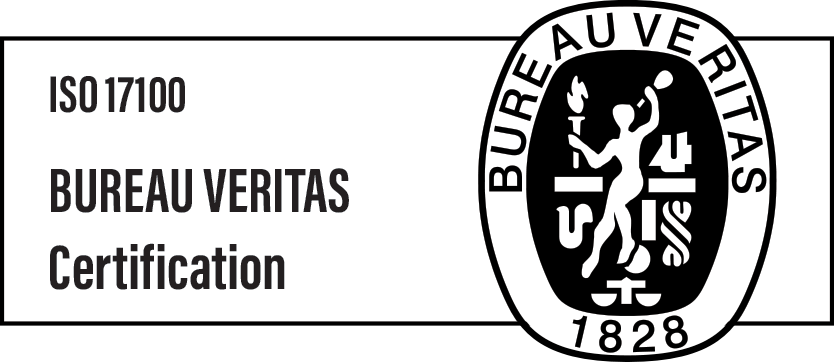Translation techniques: More to translation than meets the eye

Translation is something we all tend to take for granted. We get our smartphones from China all ready to go with a Polish UI, Tesco’s Polish food section in the UK sports ingredients in perfect English (apart from Cock Soup…but that’s a story for another day!), and our favourite e-shop’s website is in our native language. Put like that, it all sounds really simple! But there’s a lot more that goes into translation – things which are often taken for granted in the translation industry, too. So, that’s why we thought it was about time we took a look at translation techniques translators around the world use every day.
As our Managing Director, Agata, tells us, translation accuracy can be placed on a scale from 100% equivalence to 100% adequacy. Translation is a trade that’s all about finding the right balance. Should we be more faithful or even more loyal to the target text or the source text? What’s the purpose, and what’s more important, the readers message or creating a new message aimed at the consumer? With so much responsibility on one single person (unless you’re talking about a team of translators, of course), here are the translation techniques they use to help them walk that path of balance.
Calque
Calque is a translation technique that is all about the translator creating or using a neologism in the target language by adopting the structure of the source language. Simply put, it’s a word-for-word translation from one language to another. To give you an example, you’re bound to know the English word Beer Garden, which is taken from the German Biergarten.
Modulation
Modulation is when you change the text to introduce a semantic change.
Transposition
This translation technique is all about changing from one grammatical category to another, without changing the meaning of the text. E.g. I will try = Postaram się (I try, which means I will try when answering someone’s question).
Reformulation
This is when you use a completely different expression to express exactly the same meaning. This translation technique is perfect if you’re translating marketing texts when you want the idiom to resonate the same in the target language. For example, in Polish, you’d say zrobić kogoś w konia (to turn someone into a horse) instead of misleading someone.
Adaption
When you’re translating texts, you’re not just translating the words, but you’re also translating cultures. Sometimes, if you want something to resonate, you need to change examples. Take Google – they do this really well. In their terms and conditions they talk about a baseball match in the US, but in their Irish-language version, instead of literally translating baseball, it’s all about GAA (Gaelic Football).
Metaphrasing
Believe it or not, word-for-one translations are sometimes OK. And we mean only sometimes, when the texts are so similar culturally, grammatically, and idiomatically. It doesn’t happen very often, but sometimes metaphrasing is the translation technique you need!
Transference
This is simply the process of translating a word from one language to another. A good example would be Poland = Polska.
Naturalization
This translation technique has caused a few issues, with grammar nazi’s the world over getting very upset that their beautiful language has been influenced by English. Let’s use Czech as an example for this one – where you can see words like byznys instead of podnikání (business), iťák being used for someone who works in IT, and mítink being used instead of schůzka (meeting). These aren’t just words people have plucked out of thin air – they’ve been developed using naturalization!
As you can see translation techniques may go unnoticed but they’re playing a part in our everyday lives! If you’d like to know more about how our team works, or just order some Polish translations (as everyone, of course, needs to :D), you know where to find us!

